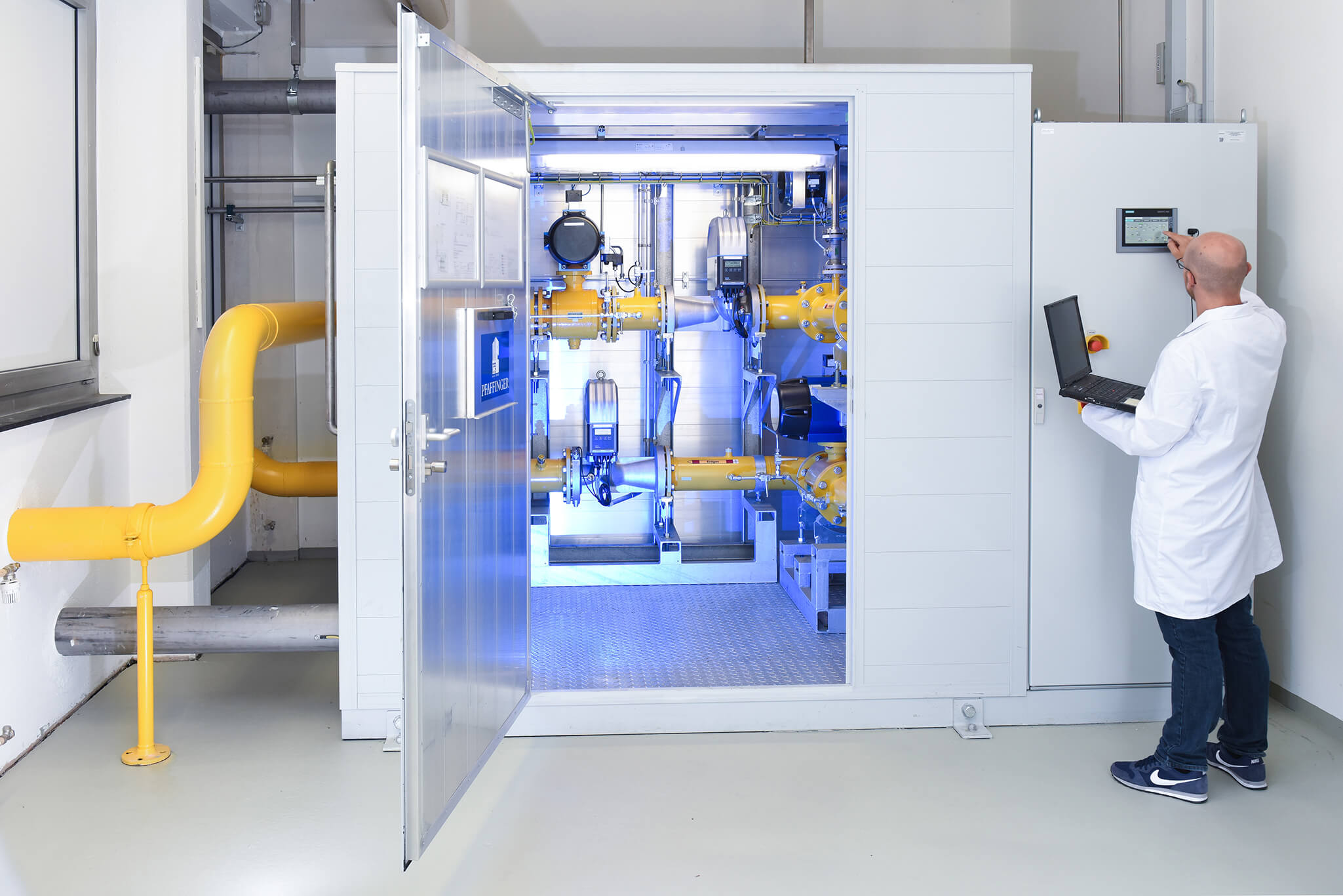Christopher Hebling from Fraunhofer ISE Appointed as Expert to IEA Committee
Prof. Christopher Hebling, Division Director of Hydrogen Technologies at the Fraunhofer Institute for Solar Energy Systems ISE, has been nominated as an expert to represent Germany on the Executive Committee of the Technology Collaboration Program for Research and Development on the Production and Utilization of Hydrogen of the International Energy Agency IEA, effective July 1, 2020. Dr. Erik Busche from Project Management Jülich has also been appointed as a delegate to the committee.

"The IEA will play a decisive role in the global implementation of hydrogen technologies and I am pleased to be able to represent the interests of Germany and the Fraunhofer-Gesellschaft in this process," said Christopher Hebling.
The International Energy Agency, also under the Japanese G20 presidency last year, has brought hydrogen technologies into focus. According to the IEA report "The Future of Hydrogen. Seizing today's opportunities" from June 2019, the number of political support measures, research activities and projects on clean hydrogen from renewable energy sources (especially for use in the transport sector) is growing strongly.
“Today hydrogen is experiencing unprecedented momentum. The world should not miss this unique chance to make hydrogen an important part of our clean and secure energy future," said Dr. Fatih Birol, Executive Director of the International Energy Agency.
According to the IEA report, demand for hydrogen has more than tripled since 1975 and continues to grow. It is still produced almost exclusively by fossil fuels, with hydrogen production accounting for 6 % of natural gas and 2 % of coal consumption worldwide. In fact, hydrogen production is currently responsible for CO₂ emissions of around 830 million tonnes of carbon dioxide per year, which is equivalent to the CO₂ emissions of the UK and Indonesia. On the other hand, the falling costs of electricity from renewables, especially from photovoltaics and wind, make the installation of electrolyzers a cost-effective option in suitable locations, even when transmission and distribution costs are taken into account. The IEA forecasts that hydrogen production will become 30 percent cheaper by 2030, due to market growth and the falling costs of electrolyzers and fuel cells.
Last modified: